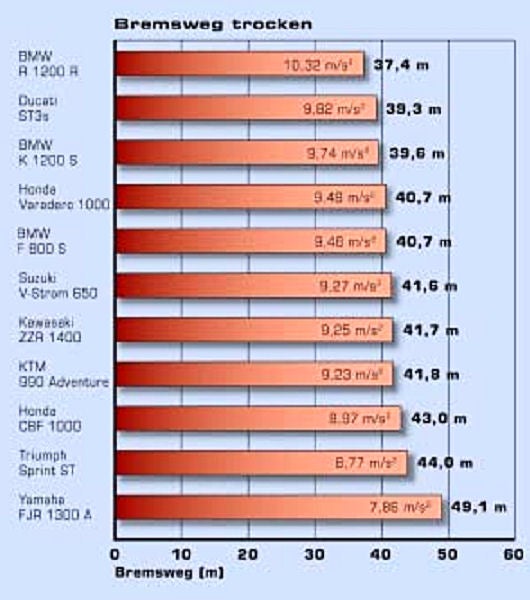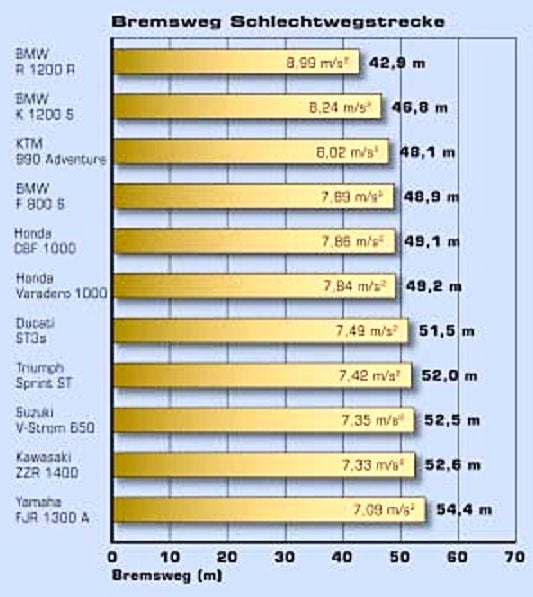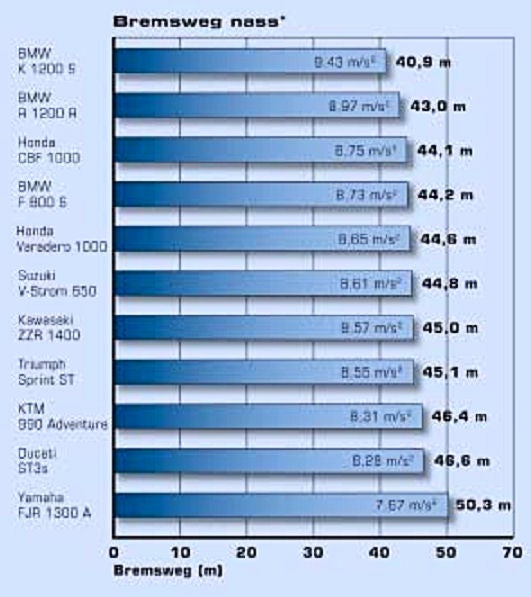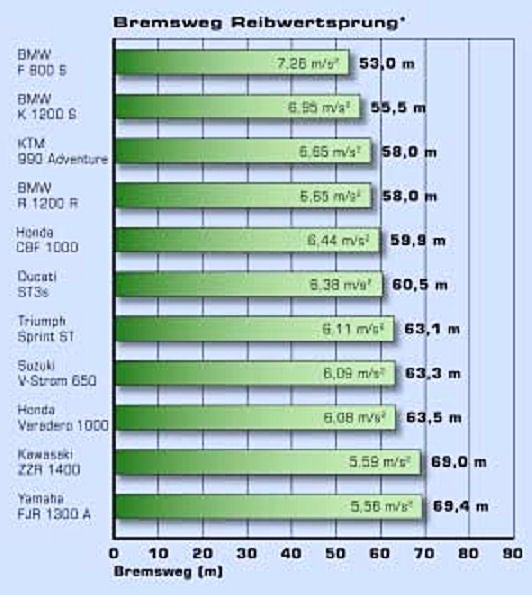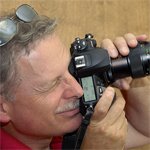I've only had my 2007 650 V-Strom a month or so now, but after riding and reading all that is published on this Suzuki
wundercycle, it's hard to be modest. I mean, when you hear of Beemer F650 and GS riders opting for a brandy new V-Strom and praise it's lighter weight, linear power and torque, low maintenance, high reliability, uh... do you see what I mean? Once you get started it's hard to stop telling the world what you've found.
Tell you what - I'll change the subject a little. Let's talk about me instead, OK? As an aging adventure seeking, young at heart type, the V-Strom fills the bill for my style and need in an adventure touring cycle. It's not heavy (I thought so at first, but I'm acclimated and love the whole feel now), it turns on a dime, it's incredibly smooth fuel injection/throttle technology is state-of-the-art in motorcycles (goodbye carburation!), it possesses a modest suspension for us mature laid back riders, and has a slew of mainstream name brand accessories available for it.
As good as it was debuting in 2004, the 650 V-Strom keeps getting better - and in important ways, not just trim packages and color changes. Check out these changes for 2007:
Optional ABS brakes (right on!)
Wheelbase increased from 60.6 into 61.2 in (more comfy...)
Dual spark plugs for increased combustion efficiency and improved emissions
Graduated Chevron Tank Graphic (that's cooler too)
New rubber boot protectors at swingarm pivot
Hazard switch was moved outboard of the Hi-Lo beam switch as a separate button switch
Larger kill switch and starter button is a larger sprung rocker switch instead of a button
Luggage rack revised from silver to black.
Deletion of idle adjustment screw (requiring special tooling for throttle body synchronization).
Dry weight increases from 418 lb to 427 lb (no biggie here)
Motorcycle Nirvana?With an abundance of used 650 V-Stroms available online - and many with a list of farkles to sweeten the pot - the V-Strom phenomena is like nothing I've ever experienced. This is the most reasonably priced bike of its kind -
and it beats out the competition in almost every way. For example, Kawasaki's Versys is a competent design, but it can't hold a candle to the V-Strom's stock configuration for daily use. A Beemer delivers a higher level of handling performance but costs plenty more with its maintenance-heavy schedule and expensive parts continuum. KTM dual sport bikes are legendary, and you'll pay for it with your wallet and your posterior. Besides, I wanna go to rural America, not Cairo - but I could if I wanted to, huh?
And yet, the V-Strom is no slacker in the get-up-and-go department - I can always hit 70 mph a lot faster than I want to. And that without an embarrassing fuel mileage average either. The Wee is a potential 200-250 miles per tank road bike, thank you very much. Ask your buddies how far
their bike will take them on a tank. Finally, add some offroad clearance for fire roads and hauling capacity to the V-Strom for a bike that balances more needs than any other design for the money. And here's the best part - it's rock solid dependable. Even first year models are still purring along at 50,000 miles or more due to Suzuki's world class build quality and user-friendly service intervals. (Hey, I intend to do the 12,ooo mile valve check/adjustment myself...)
So, are you looking for an easy to ride, affordable, power and torque-endowed, on-road/off-road, coooomfortable, dependable and economical motorcycle? I think I found the perfect choice for you. It's called a Suzuki DL650A V-Strom.
















